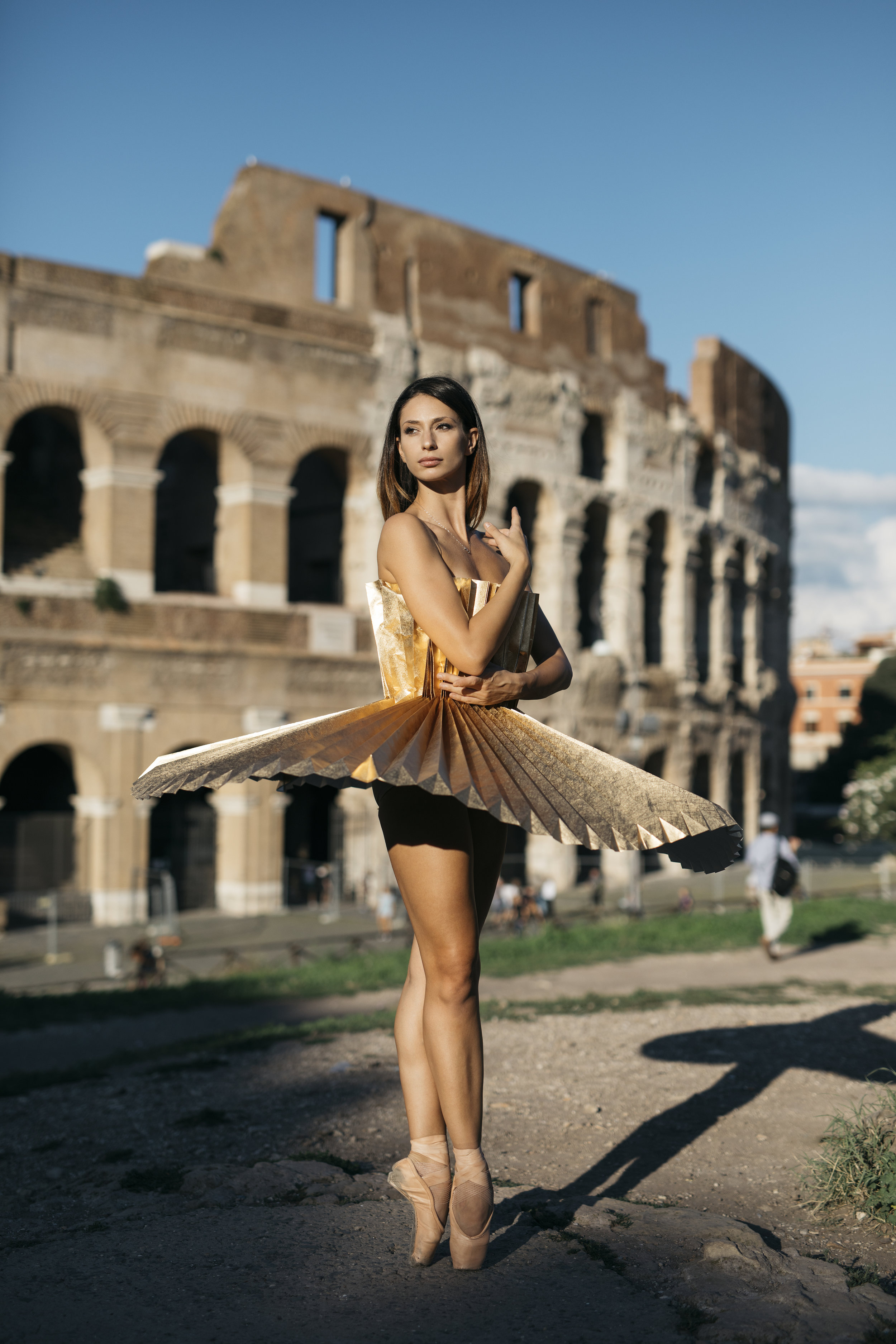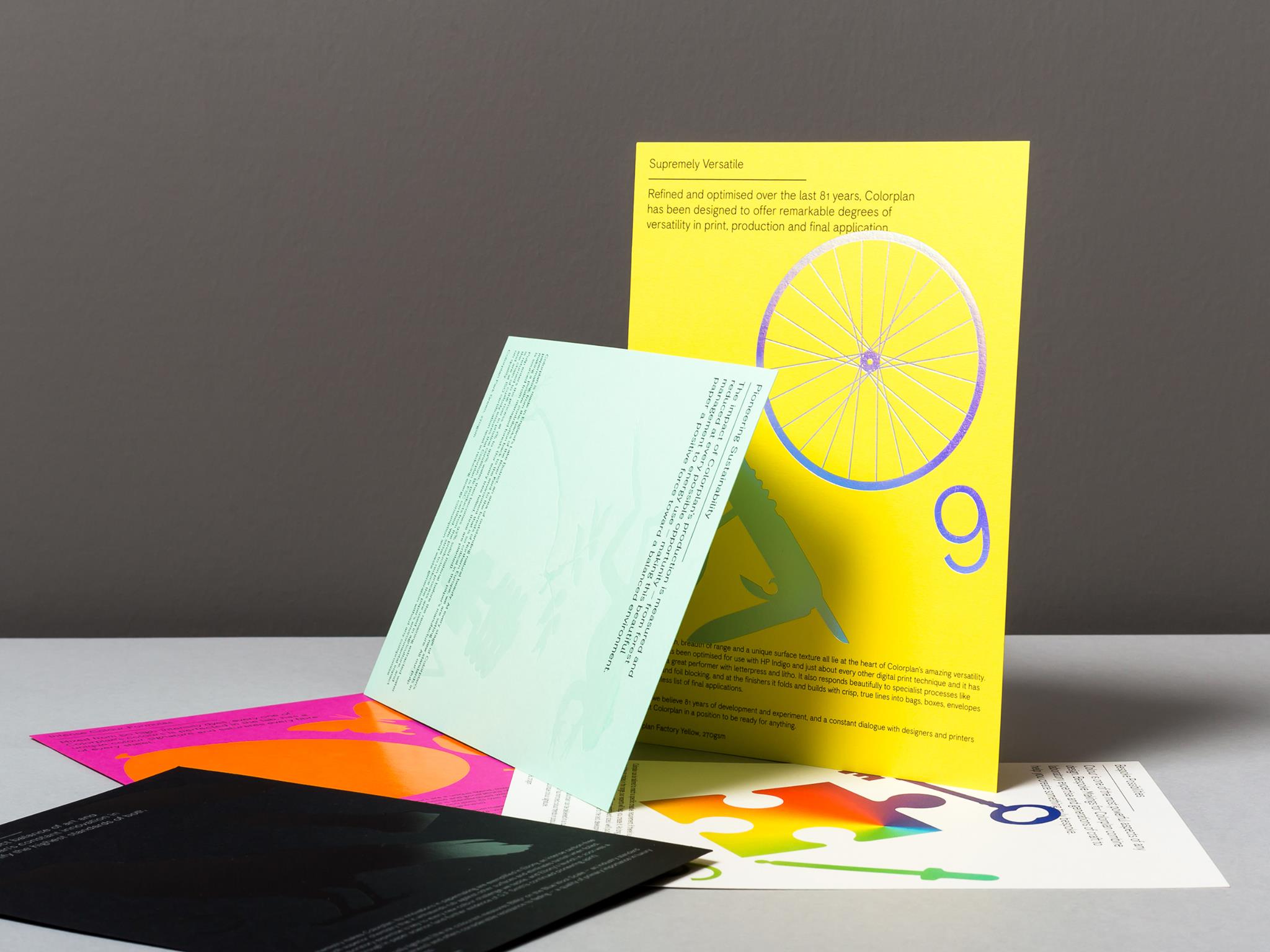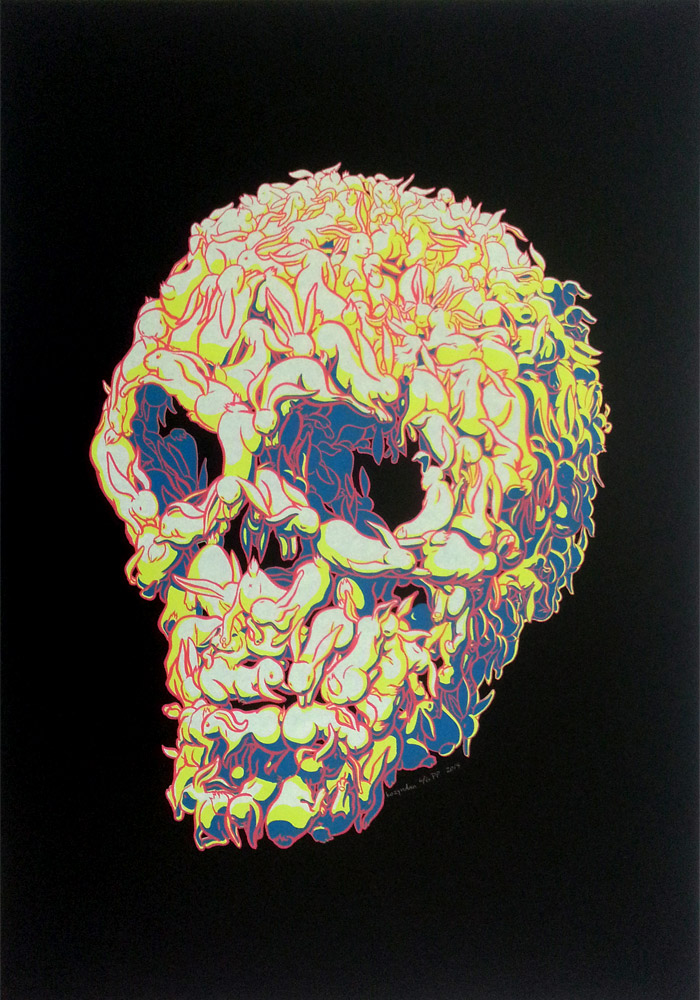Where the project all began.
(Pauline [PL])
I met a photographer, Melika Dez, that specializes in movement photography, including all kinds of dancing: ballet, street dancing, aerial. After our meeting, Melika came across my installations and paper dresses and asked if I could create some dresses for some of the dancers she works with. I was excited because I’ve never created paper dresses for anyone to actually move in, let alone dance in. And the collaboration began.
We began with shooting two dancers from NYC, Michael Jackson and Akua Noni Parker, in a studio in Montreal. I created my first white tutu for the dancers and immediately noticed the potential. I wanted to create something even more different, something no one has ever seen before. I needed to steer away from white paper and get involved in more color. So I created colorful accessories, scarfs, hats and masks. I made a large red flower dress, and an African scarf consisting of so many different colors and detail, you could barely tell it was paper.
After a successful photoshoot in the studio, we decided to take it one step further. Melika shoots with a unique style, street dancing, so why not take it to the streets, our first challenge. The street photoshoot would begin in New York City, working with six different dancers. The more costumes I began making, the more I wanted to do. Every time I finished one, I had a new idea. Legion Paper came in just in time after noticing the very start of the project. This is where I was able to take my creativity further, with their endless selection of papers, papers I’ve never seen before. There were so many things to do with this new library of papers.
The project began to grow, and new cities were added. The PLI.Ē Project traveled to Paris then Rome, and Montreal, but wasn’t going to stop there. More cities will be added, and the first exhibition is opening in Montreal. It’s just the beginning!
How did Cultural Diversity play a part in the PLI.É Project?
(Pauline [PL] and Melika [MD])
We wanted to highlight the beauty of bodily differences among dancers. Too often, dancers are judged for their body and movements: their color and curves. They spend days looking at themselves through mirrors. Throughout the PLI.É Project, the participating dancers saw themselves in a positive way. Some even say it was the first time they saw themselves in a photo and saw their beauty.
The fragility of the papers accentuates the incredible strength of the dancers. Strength that is also present in their own stories.






























